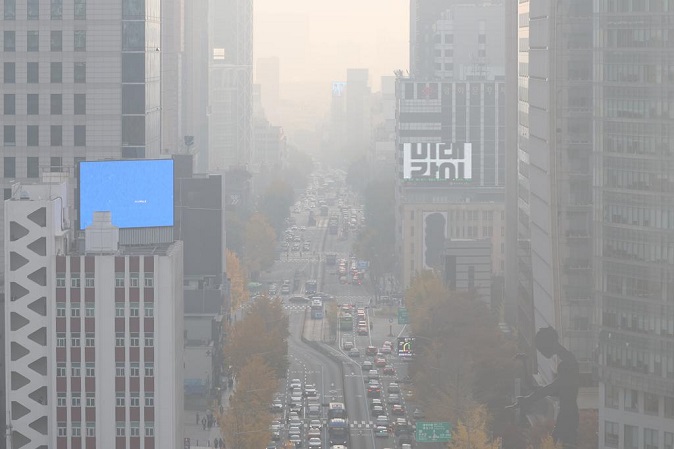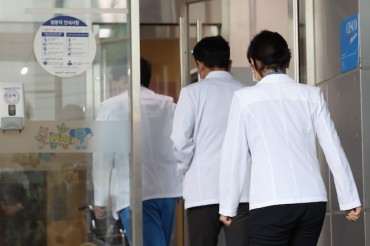SEOUL, Jan. 3 (Korea Bizwire) — Seoul saw a record-low ultrafine dust density last year mainly on the back of continued efforts to tackle worsening air pollution problems, and favorable weather conditions, the city government said Tuesday.
The average density of ultrafine dust particles in the capital city was tallied at 18 micrograms per cubic meter in 2022, the lowest level since relevant record-keeping began in 2008, according to the Seoul metropolitan government.
Ultrafine particles are smaller than 2.5 micrometers in diameter and are also known as PM 2.5. The class one carcinogen is found in dust, soot and smoke.
The city’s annual average density of ultrafine dust particles decreased for three years in a row, from 21 micrograms per cubic meter in 2020 to 20 micrograms per cubic meter in 2021.
Also, the number of ultrafine dust “good” days in the city totaled 182 last year, while the number of “bad” days came to a record low of 31, the government said.
Weather authorities here categorize concentrations less than 15 micrograms per cubic meter as “good,” between 16 and 35 as “normal,” between 36 and 75 as “bad,” and 76 and more as “very bad.”
The city government said its seasonal management system for air pollution has substantially contributed to reducing the volume of ultrafine dust particles in recent years.
Under the system, the operations of dilapidated diesel vehicles, coal plants, construction sites and other large emitters of ultrafine dust are restricted.
Also, all local buses running through the city have been switched to CNG-powered vehicles.
Favorable weather conditions at home and reductions in ultrafine particles flowing in from China and other countries also helped lower the average last year.
Last year’s annual precipitation substantially increased compared to over the past three years, the city government said.
(Yonhap)







